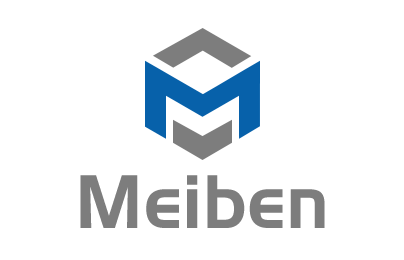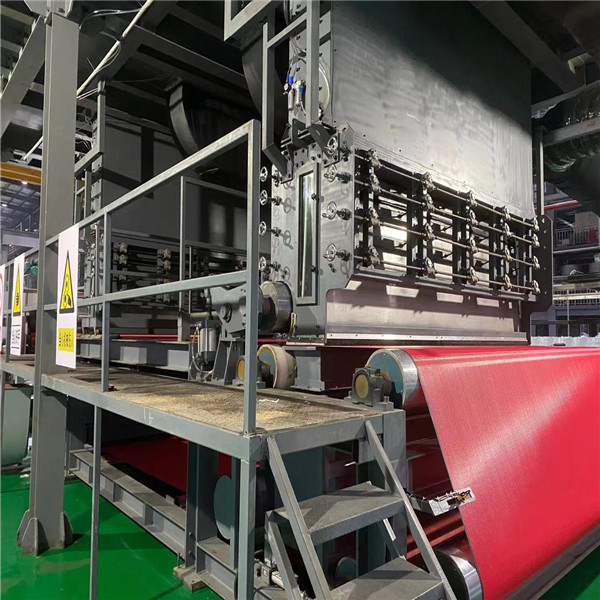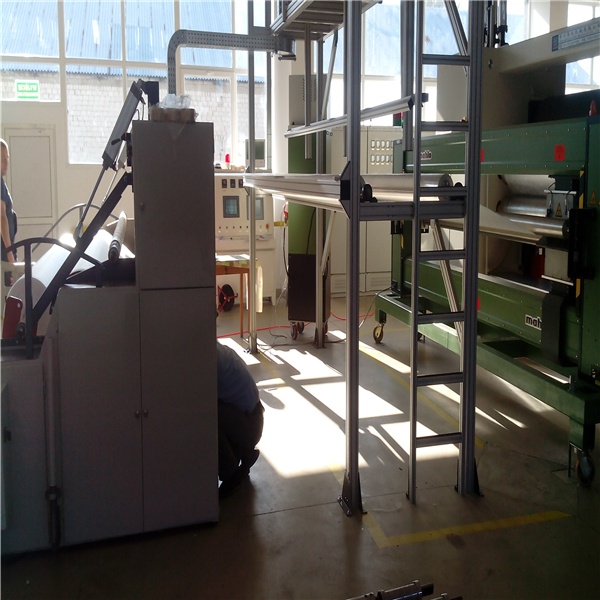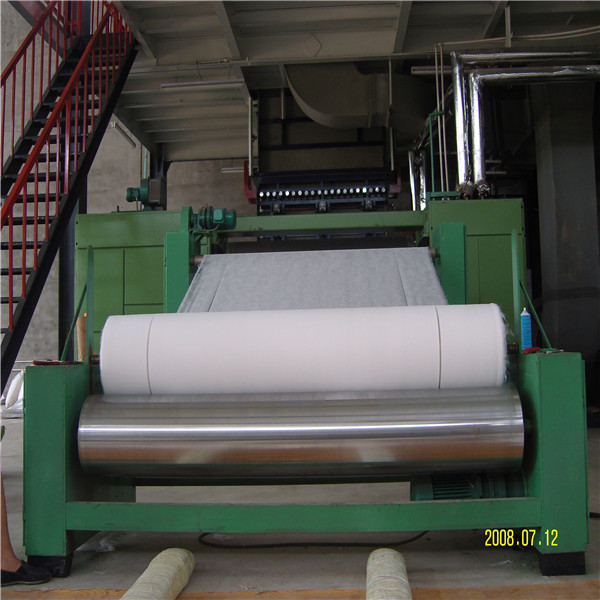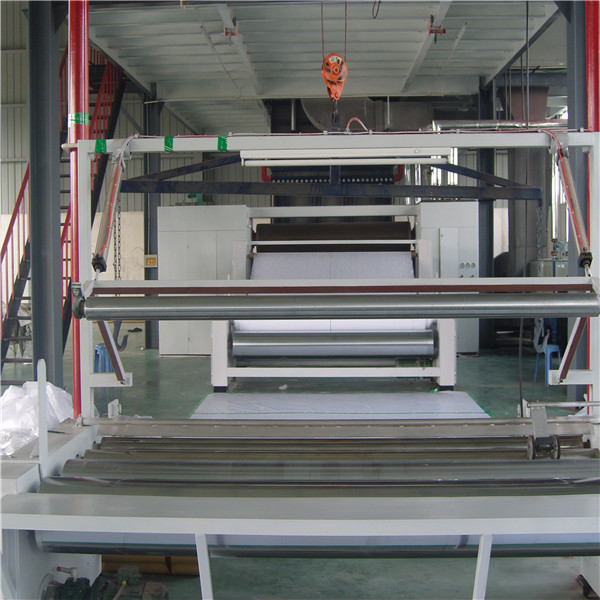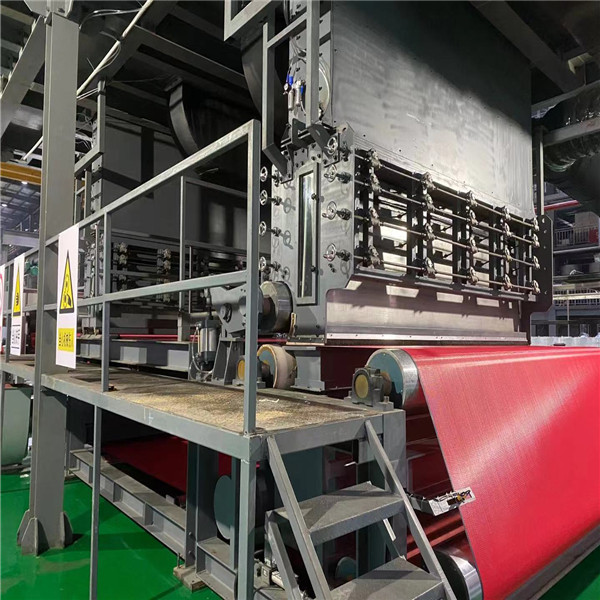Professional Design Non Woven Carpet Machine - High Quality Spunbonded Pp Non-woven Fabric Production Line – Meiben
Professional Design Non Woven Carpet Machine - High Quality Spunbonded Pp Non-woven Fabric Production Line – Meiben Detail:
The production process of non-woven fabrics
1. Carded fiber
2. Fiber into a web
3. Fixation of the fiber net
4. Perform heat treatment
5. Finally, finishing and processing
Among industrial materials, non-woven fabrics have the characteristics of high filtration efficiency, insulation, heat insulation, acid resistance, alkali resistance, and tear resistance. They are mostly used to make filter media, sound insulation, electrical insulation, packaging, roofing and abrasive materials, etc. product.
In the daily necessities industry, it can be used as clothing lining materials, curtains, wall decoration materials, diapers, travel bags, etc.
In medical and health products, it can be used in the production of surgical gowns, patient gowns, masks, sanitary belts, etc.
non-woven fabrics
Non-woven production line model
| ITEM | EFFECTIVE WIDTH | GSM | ANNUAL OUTPUT | EMBOSSING PATTERN |
| S | 1600MM | 8-200 | 1500T | Diamond, oval, cross and line |
| S | 2400MM | 8-200 | 2400T | Diamond, oval, cross and line |
| S | 3200MM | 8-200 | 3000T | Diamond, oval, cross and line |
| SS | 1600MM | 10-200 | 2500T | Diamond, oval, cross and line |
| SS | 2400MM | 10-200 | 3300T | Diamond, oval, cross and line |
| SS | 3200MM | 10-200 | 5000T | Diamond, oval, cross and line |
| SMS | 1600MM | 15-200 | 2750T | Diamond and oval |
| SMS | 2400MM | 15-200 | 3630T | Diamond and oval |
| SMS | 3200MM | 15-200 | 5500T | Diamond and oval |
The main use of non-woven fabrics
1. Non-woven fabrics for industrial use
The application of nonwovens in the industrial field is becoming more and more extensive. In the automotive industry, it is used for automotive interior decoration, trim, seat covers, automotive parts coatings, laminates, sun visors, door soft pads, door covers, roof pads and composite materials, etc.; in the electronics industry for insulation Materials, electrochemical energy barriers, battery separation layers, electronic parts, magnetic sheet protective layers, and wire and cable coatings, etc.; used in construction and public works for roofing materials, ceilings, insulation, sound insulation, flooring, wall materials, railways , Substrates for highways, dams, canals, substrates for soil and water conservation, geotextiles, and laying of golf courses and sports fields, etc.
2. Non-woven fabrics for clothing
Mainly used for linings, baby clothes, paper pants, protective clothing, shoulder pads, pads, work clothes, sleeping bags, quilts, snow jackets, pillows, aviation supplies, adhesive interlinings, underwear, outerwear, clothing labels, etc.
3. Non-woven fabrics for medical and health use
Mainly used for baby diapers, adult diapers, sanitary napkins, hemostats, baby pants, changing pads, surgical gowns, surgical caps, masks, slippers, shoe covers, medical hosiery, sanitary napkins, bed sheets, clothing for wounded patients, and disinfection Isolation clothing, face mask, wet towel, cotton ball, adhesive plaster, dressing cloth, bandage, etc.
4. Non-woven fabrics for household goods and decoration
Mainly used for rags, wet wipes, coffee bags, tea clothes, garbage bags, packaging bags, stationery outlet sets, wrapping paper, envelopes, carpets, carpet lining, sofa lining, flooring, wallpaper, table towels, bed sheets, curtains and furniture Cloth etc.
5. Non-woven fabrics for shoe materials and leather bags
Mainly used for artificial leather, artificial leather base, fitting materials, reinforcement, shoe inner sleeves, back lining, midsole, shopping bags, gift bags, handbags and luggage linings, etc.
6. Other special non-woven fabrics
Mainly include industrial filter materials, abrasive materials, agriculture, gardening, artificial leather and silk cultivation.
Product detail pictures:
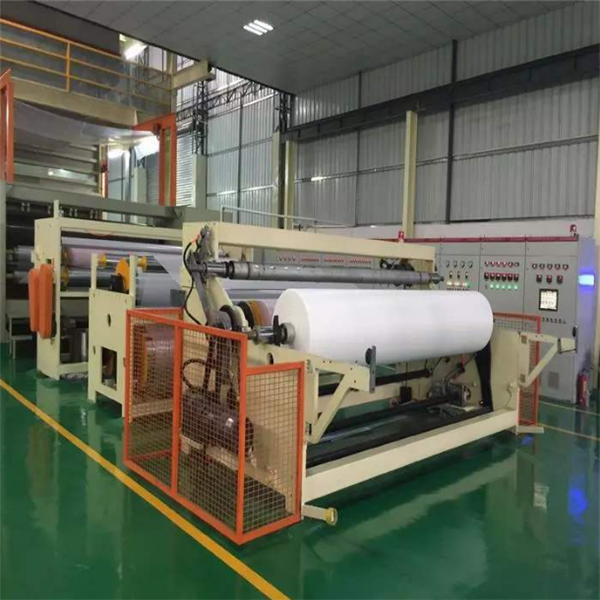


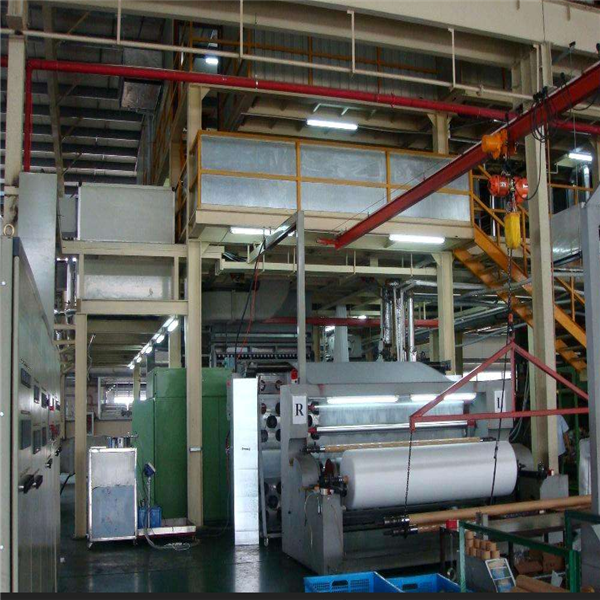
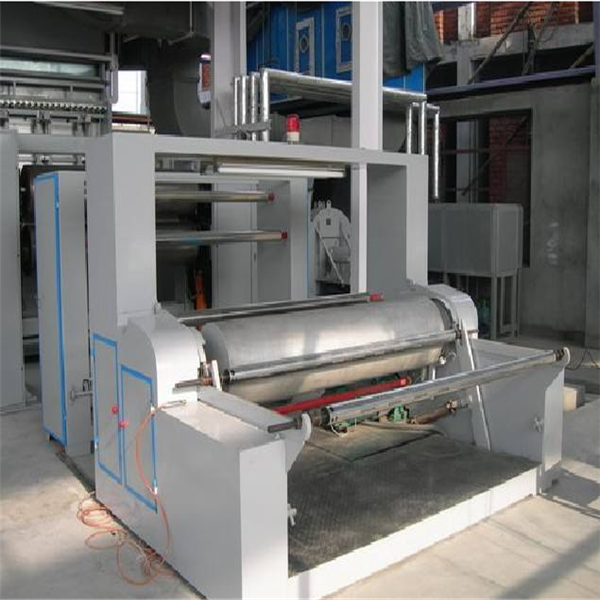
Related Product Guide:
We've got a highly efficient group to deal with inquiries from shoppers. Our purpose is "100% client fulfillment by our product high-quality, price tag & our staff service" and enjoy a superb reputation amongst clientele. With quite a few factories, we will provide a wide variety of Professional Design Non Woven Carpet Machine - High Quality Spunbonded Pp Non-woven Fabric Production Line – Meiben , The product will supply to all over the world, such as: Cologne, Mauritius, Morocco, Our solutions have national accreditation requirements for qualified, good quality items, affordable value, was welcomed by individuals all over the world. Our goods will continue to improve inside the order and appear forward to cooperation with you, Really should any of those items be of interest to you, please letus know. We will be satisfied to provide you a quotation up on receipt of the detailed needs.
Sales manager is very enthusiastic and professional, gave us a great concessions and product quality is very good,thank you very much!
